Farm to Plate Texas: Exploring Sustainable Agricultural and Meat Production
Step into the world of sustainable agriculture and meat production in Texas, where the journey from farm to plate is as important as the result. With an emphasis on organic practices, responsible land management, and animal welfare, Texas farmers and ranchers are setting new standards for ethical and environmentally conscious food production.
The State of Texas is approximately 268,596 square miles or around 171.9 million acres and has 254 counties. As of the 2017 Census of Agriculture by the United States Department of Agriculture (USDA), Texas had over 248,416 farms and ranches covering 127 million acres. The size of Texas and the sheer scale of its impressive agricultural operations have the potential to make a huge impact on our nation’s agricultural practices.
Discover how Texas farmers integrate technology and traditional knowledge to create a harmonious balance between productivity and preservation. Learn about the ranchers who prioritize rotational grazing, holistic management, and regenerative techniques to ensure the long-term health of the land and the animals under their care.
Join us on this journey as we celebrate the unsung heroes of Texas agriculture and gain a deeper understanding of the practices that make farm-to-plate truly sustainable. Let’s explore the wonders of Texas’ sustainable agricultural and meat production together.
This article delves into the fascinating realm of sustainable agriculture in the Lone Star state. From the sprawling farms of the Panhandle to the small-scale operations in the Hill Country, we explore the innovative techniques used to cultivate crops and raise livestock with minimal impact on the ecosystem. Farm to plate Texas is a growing movement and has the potential to provide extensive sustainable and nutritious choices for Texans as well as being a beacon of light for our nation.

The Texas Panhandle Preservation Efforts
Farmers/Ranchers’ Role:
Conservation Reserve Program (CRP): Many farmers and ranchers in the Texas Panhandle participate in the CRP, a federal program encouraging the conservation of environmentally sensitive lands. This initiative helps protect natural resources, wildlife habitats, and promotes sustainable agriculture practices.
Texas Parks and Wildlife Department – Playa Lakes Joint Venture: Playa lakes, shallow, seasonal wetlands, are crucial for wildlife and water conservation. The Texas Parks and Wildlife Department collaborates with farmers and ranchers through programs like the Playa Lakes Joint Venture to protect these vital ecosystems.
Cattleman’s Day at Texas A&M AgriLife Research: Texas A&M AgriLife Research hosts events like Cattleman’s Day to educate ranchers on sustainable practices, including water conservation, proper grazing management, and ethical cattle handling.
Ranching Heritage Center in Lubbock: While not in the Texas Panhandle directly, the Ranching Heritage Center in Lubbock celebrates the ranching history of the region. It showcases historic structures and artifacts, emphasizing the role of ranchers in shaping the landscape.
Animal Waste Control Programs: Various ranching operations in the Texas Panhandle implement innovative waste control systems. These may include methane capture from livestock waste, which not only addresses environmental concerns but also contributes to renewable energy initiatives.
Texas Cattle Feeders Association (TCFA): The TCFA works with cattle feeders in the region, promoting ethical and sustainable practices in meat production. Their efforts include education on animal welfare, environmental stewardship, and food safety.
The Texas Panhandle’s rich history is intertwined with the resilience of its people, especially farmers and ranchers. Preservation efforts not only honor the region’s past but also reflect a commitment to sustainable practices, environmental conservation, and ethical stewardship of the land.
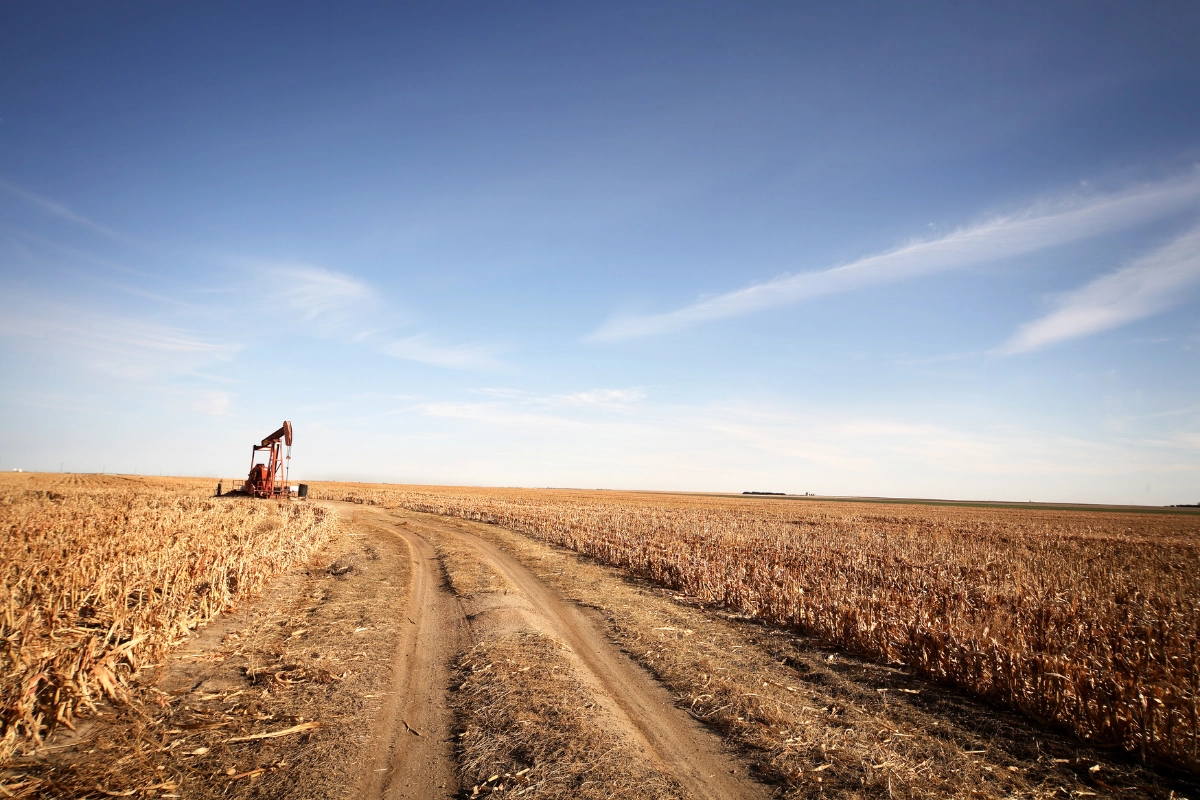
Texas’ Rich Agricultural Heritage
Texas’ rich agricultural heritage and its impact on meat production have the potential to shape our nation’s outlook on sustainable agriculture practices.
Sustainable agriculture plays a vital role in preserving the environment for future generations. By adopting practices that minimize the use of synthetic fertilizers, pesticides, and herbicides, Texas farmers are reducing the contamination of soil and water resources. Additionally, sustainable agriculture promotes biodiversity by preserving native habitats and incorporating cover crops and crop rotation techniques.
Moreover, sustainable farming practices help mitigate climate change by sequestering carbon in the soil. By utilizing regenerative techniques such as agroforestry and conservation tillage, Texas farmers are not only improving soil health but also reducing greenhouse gas emissions. This proactive approach to agriculture ensures that the land remains fertile and productive for years to come.
Farm to Plate Texas, Sustainable Farming Practices
Texas has a rich agricultural heritage that has greatly influenced its meat production industry. The state’s vast land resources and favorable climate have made it a prime location for raising livestock. Cattle ranching has been a key component of Texas’ agricultural history, with the state being known as the “Beef Capital of the World.”
However, as consumer preferences shift towards more sustainable and ethically raised meat, Texas farmers and ranchers have adapted their practices to meet these demands. They have embraced organic practices and implemented responsible land management techniques to ensure the health and well-being of their animals while minimizing the ecological footprint of meat production.
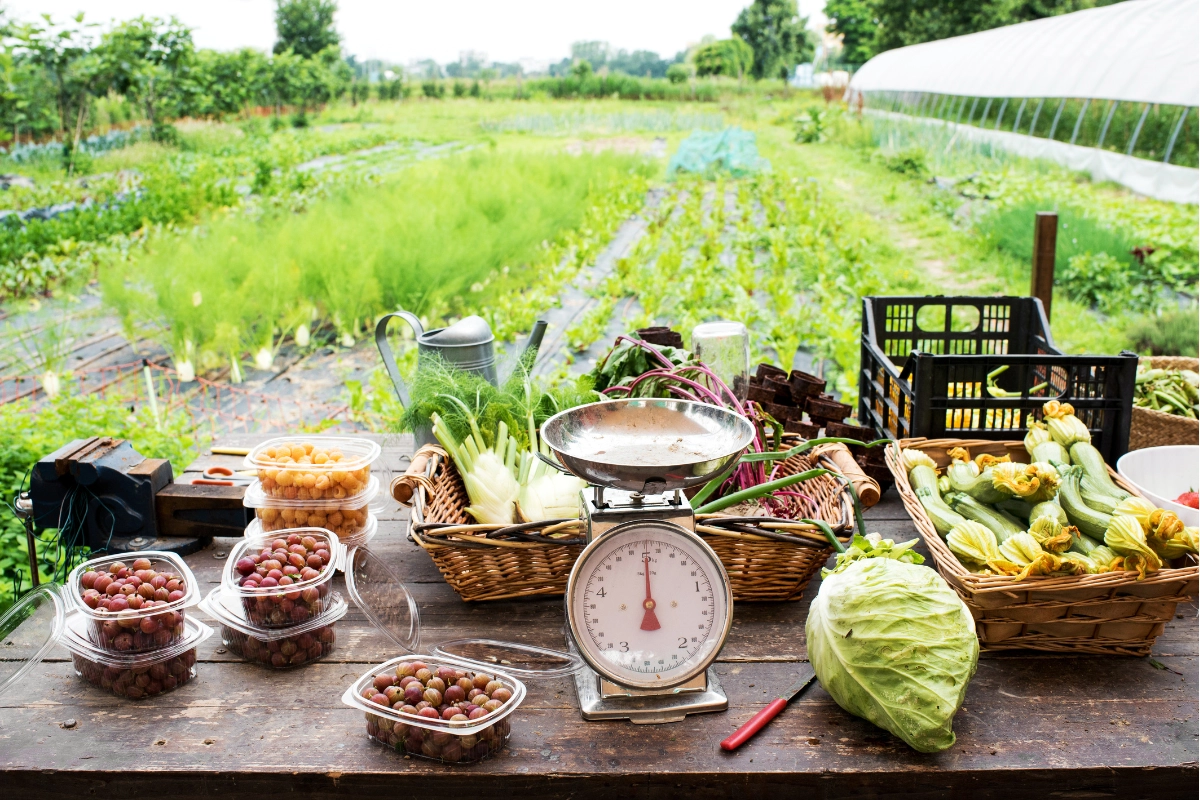
Local and Organic Farm to Plate Texas Movements
Texas farmers are utilizing a wide range of sustainable farming practices to cultivate crops while preserving the environment. One such practice is the use of cover crops, which not only reduce soil erosion but also improve soil fertility and moisture retention. By planting legumes, farmers can also enhance nitrogen levels naturally, reducing the need for synthetic fertilizers.
Another sustainable technique employed by Texas farmers is precision agriculture. By utilizing advanced technologies such as GPS, remote sensing, and data analytics, farmers can optimize irrigation, nutrient application, and pest control, resulting in higher yields and reduced resource waste. This approach allows farmers to make data-driven decisions that benefit both their bottom line and the environment.
The Role of Texas Farmers’ Markets in Farm to Plate Texas
The role of farmers’ markets in promoting sustainable agriculture is well-documented nationwide.
Texas has witnessed a growing movement towards local and organic food production in recent years. Consumers are increasingly seeking out fresh, locally sourced produce and sustainably raised meat. This demand has led to the rise of farmers’ markets, where local farmers can directly connect with consumers, bypassing traditional distribution channels.
Farmers markets not only provide a platform for small-scale producers to sell their goods but also foster a sense of community and promote sustainable agricultural practices. Consumers can engage with farmers, learn about their farming methods, and make informed choices about the food they consume. These direct connections create transparency and trust in the farm-to-plate journey, ensuring a sustainable and ethical food system.
Texas’ Unique Meat Production Methods
Traditional ranching reigns supreme, with:
- Extensive grazing: Cattle roam vast, native grasslands, minimizing feed costs and maximizing animal welfare.
- Hormone-free: Most ranchers raise cattle naturally, without growth hormones for a distinctive flavor and consumer appeal.
- Water concerns: Drought is a constant challenge, driving innovations like rainwater harvesting and water-efficient feed crops.
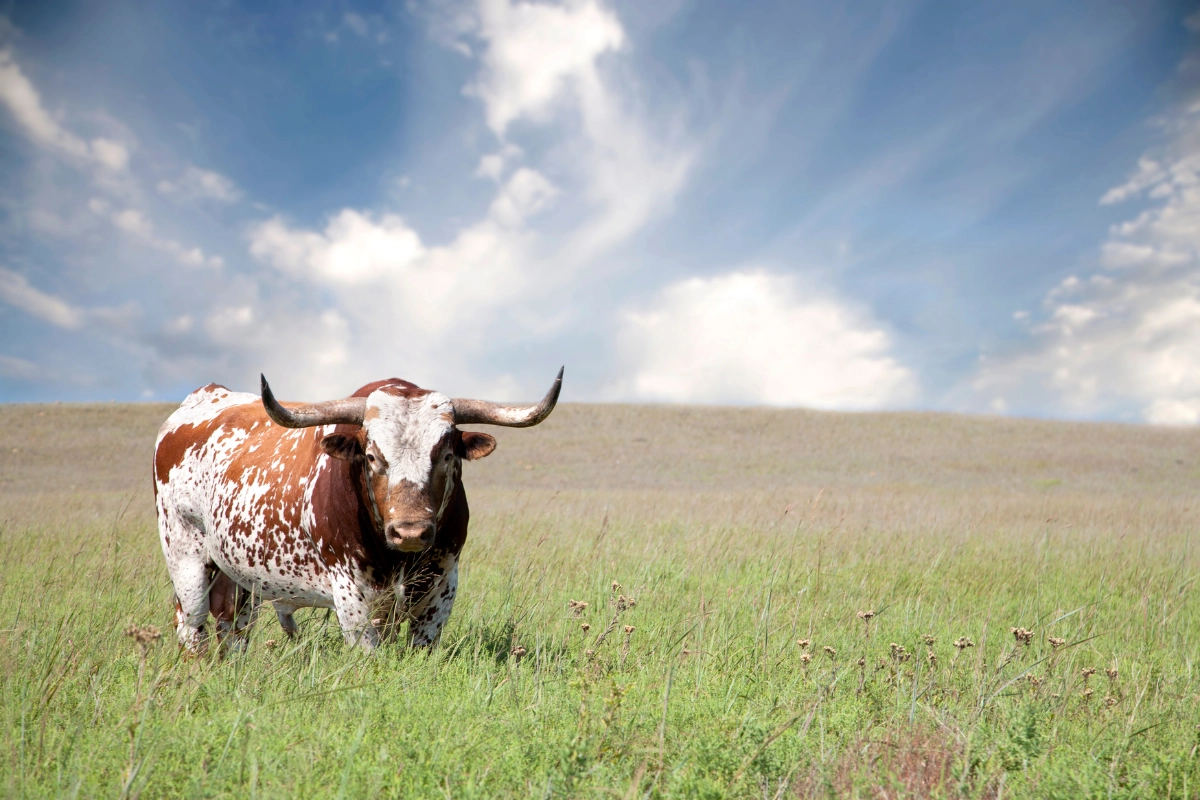
Sustainability is a growing focus, with:
- Regenerative grazing: Managing land to improve soil health and carbon sequestration, boosting long-term productivity.
- Diversification: Integrating crops and livestock for better resource utilization and ecosystem balance.
- Alternative meats: Texas pioneers cell-based meat research, offering the potential for future sustainable protein sources.
Farmers markets play a crucial role in promoting sustainable agriculture by providing a direct link between farmers and consumers. By supporting local farmers, consumers not only get access to fresh, seasonal produce but also contribute to the local economy and reduce the carbon footprint associated with long-distance food transportation.
Moreover, farmers’ markets encourage sustainable farming practices by creating a demand for organic and responsibly grown food. Farmers who participate in farmers markets are often required to adhere to certain standards, ensuring that their products are produced in an environmentally friendly and socially responsible manner. This accountability fosters a culture of sustainability within the agricultural community.
In a nutshell: Texas balances traditional methods with emerging sustainability practices, aiming for a vibrant and environmentally responsible meat future.
Benefits of Locally Sourced and Sustainably Raised Meat
The benefits of choosing locally sourced and sustainably raised meat can be a tremendous boost to our economy as well as our ecosystem. Improving the ecosystem, sustainability, and overall environmental practices in Texas agriculture involves a combination of policy initiatives, educational efforts, and on-the-ground practices.
Texas’ meat production methods are as unique as the state itself. From traditional cattle ranches to innovative poultry farms, Texan farmers and ranchers have embraced sustainable practices to meet the increasing demand for ethically raised meat.
One such method is rotational grazing, where animals are moved from one pasture to another, allowing the land to recover and preventing overgrazing. This not only improves soil health but also enhances the nutritional quality of the meat. Additionally, holistic management practices, such as planned grazing and wildlife habitat preservation, are employed to create a balanced ecosystem that benefits both the animals and the environment.
Overcoming Challenges and Obstacles of Sustainable Farming
There are many challenges faced by sustainable farmers and ranchers in Texas. Texas consumers can make a difference!
Choosing locally sourced and sustainably raised meat has numerous benefits for both consumers and the environment. Locally sourced meat reduces the carbon footprint associated with long-distance transportation and supports the local economy. By purchasing meat from sustainable farmers, consumers can be confident that the animals were raised in humane conditions and that their meat is free from antibiotics and hormones.

Furthermore, sustainably raised meat tends to be of higher quality and nutritional value. Animals raised on pasture-based systems have access to a diverse diet, resulting in meat with improved flavor and texture. Additionally, sustainable farming practices contribute to the overall health of the ecosystem, ensuring the long-term viability of meat production.
Additional Steps to Enhance Sustainability
Here are some steps for consideration to actively enhance sustainability in ranching, farming, and other agricultural enterprises:
- Provide incentives and support for farmers to adopt sustainable farming practices, including crop rotation, cover cropping, and agroforestry, to enhance soil health and reduce erosion.
- Implement water conservation programs and technologies, such as efficient irrigation systems and rainwater harvesting, to address water scarcity issues in certain regions of Texas.
- Encourage the growth of organic farming by providing resources, technical assistance, and certification support to farmers who choose organic and sustainable practices.
- Promote the diversification of crops and livestock to increase resilience to climate variability and market fluctuations.
- Invest in research and extension services focused on sustainable agricultural practices, including soil health, integrated pest management, and efficient resource use.
- Implement measures to control soil erosion, protect riparian areas, and preserve biodiversity in and around agricultural landscapes.
- Encourage the adoption of renewable energy sources, such as solar and wind power, on farms and ranches to reduce reliance on non-renewable energy and lower greenhouse gas emissions.
- Promote efficient waste management practices, including composting and recycling, to minimize the environmental impact of agricultural operations.
- Conduct more outreach programs and educational campaigns to raise awareness among farmers, ranchers, and the public about sustainable agriculture practices and their benefits.
- Foster local food systems by supporting farmers’ markets, community-supported agriculture (CSA) initiatives, and farm-to-plate programs, reducing the environmental impact of food transportation.
- Provide more incentives for landowners to participate in conservation easement programs, preserving natural habitats and promoting wildlife conservation.
- Encourage more collaboration among farmers, ranchers, conservation organizations, and local communities to develop and implement sustainable agricultural practices that benefit both the environment and the economy.
- Establish monitoring systems to track the environmental impact of agricultural activities and report progress in sustainability goals regularly.
- Support research and practices that help farmers adapt to and mitigate the impacts of climate change, ensuring long-term sustainability.
- Implementing farm to plate initiatives for local businesses in both cities and small towns.
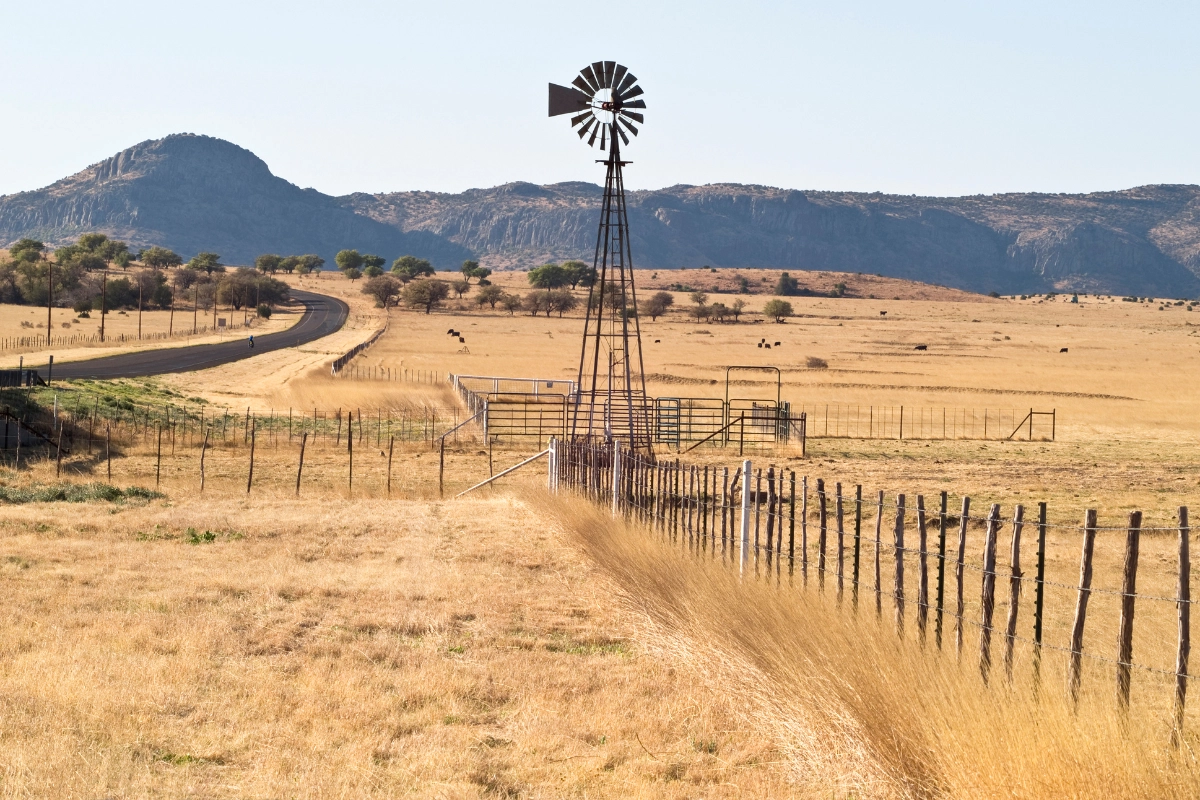
Implementing these steps requires a collaborative effort from government agencies, agricultural organizations, researchers, and individual farmers. By fostering a culture of sustainability and providing the necessary resources and incentives, Texas is working to build a resilient and environmentally conscious agricultural sector.
Conclusion: Farm to Plate Texas
Texas agriculture’s future hinges on balancing two key trends:
- Sustainable practices: Adopting techniques like regenerative farming (soil health, cover crops) to combat climate change and water scarcity while boosting yields.
- Evolving meat production: Rising demand for meat alternatives like plant-based and cultivated options will likely coexist with traditional livestock, requiring innovation and adaptation.
Expect a blend of these approaches, with Texas playing a significant role in both sustainable agriculture research and alternative meat production thanks to its diverse landscapes and strong agricultural sector. Farm to plate Texas continues to grow as more and more farmers and ranchers adopt sustainable practices in their agricultural operations.
Despite the numerous benefits, sustainable farmers in Texas face several challenges and obstacles. Limited access to capital and resources can make it difficult for small-scale farmers to adopt sustainable practices. Additionally, navigating complex regulations and certifications can be time-consuming and costly.
Moreover, the dominance of industrial agriculture and the lack of consumer awareness about sustainable farming can hinder the growth of the sustainable agriculture movement. Educating consumers about the importance of supporting sustainable farmers and the benefits of sustainably raised food is crucial in overcoming these obstacles.
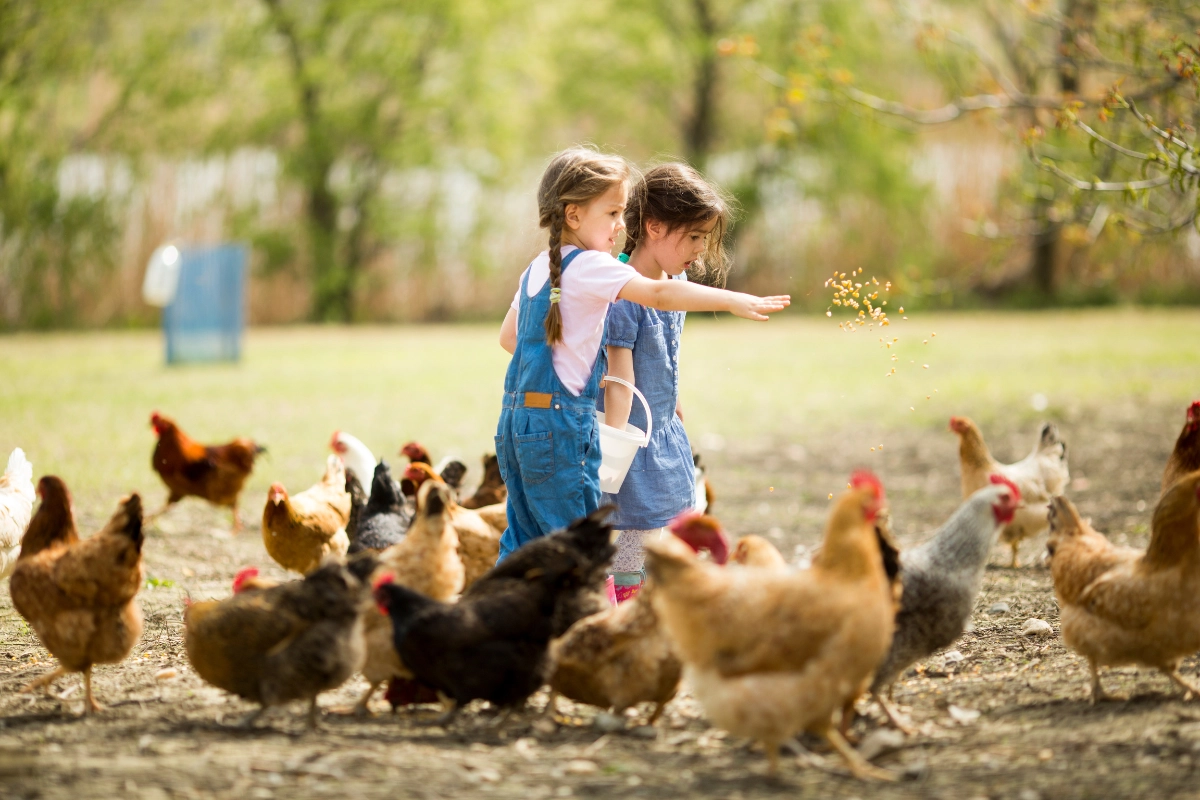
One of my fondest memories of growing up in Texas was living on a farm, there is honestly nothing to compare with that life experience.
Kay Keeton, Editor in Chief
In Conclusion, Texas is known for its unique and diverse cuisine, which is influenced by a variety of cultures, including Mexican, German, and Czech. Some of the most popular dishes include barbecue, chili, tacos, enchiladas, kolaches, and pecan pie.
Texas is also home to several farm-to-plate initiatives that promote sustainable agricultural practices and local food systems. One such initiative is Farm to Plate Texas, which emphasizes organic practices, responsible land management, and animal welfare.
In addition to Farm to Plate Texas, other organizations in Texas promote sustainable food systems. For example, the Sustainable Food Center in Austin provides nutrition incentives and education, supports farmers, and builds value chains.
Read more about Texas cuisine here.
Read more about Texas Farms and Ranches here.
The Farm to Plate Initiative in Texas is aimed at promoting and supporting local and sustainable food systems. It emphasizes connecting producers, such as farmers and ranchers, with consumers to strengthen the local food economy.
The primary goal is to create a more direct and efficient link between agricultural producers and consumers, fostering economic growth in local communities, promoting sustainable farming practices, and providing consumers with access to fresh, locally sourced food.
The initiative involves establishing and strengthening relationships between local farmers, ranchers, food processors, distributors, and consumers. It often includes farmers’ markets, community-supported agriculture (CSA) programs, and collaborations with restaurants and retailers to feature locally grown products.
Key components include:
Encouraging sustainable farming practices.
Supporting local farmers’ markets and farm stands.
Promoting community-supported agriculture (CSA) programs.
Facilitating direct sales from farmers to local restaurants and retailers.
Farmers benefit by having more direct access to consumers, reducing dependence on large-scale distribution channels, and retaining a larger share of the profit. It also promotes sustainable agriculture, which can enhance soil health and environmental practices.
Consumers benefit by gaining access to fresh, locally produced, and often organic foods. They can engage with the local food system, support nearby farmers, and have more knowledge about the origin of their food.
Texas may have government-backed initiatives, grants, or programs that support local and sustainable agriculture. Check with the Texas Department of Agriculture or relevant state agencies for information on existing programs.
Individuals can get involved by:
Shopping at farmers’ markets.
Participating in community-supported agriculture (CSA) programs.
Choosing local and sustainable products at grocery stores.
Supporting restaurants and businesses that prioritize locally sourced ingredients.
Challenges may include seasonality, distribution logistics, and consumer education. Overcoming these challenges may require collaborative efforts among stakeholders, including farmers, businesses, and policymakers.
Check with local agricultural extension offices, farmers’ market associations, and the Texas Department of Agriculture for more information on specific initiatives, programs, and events related to the Farm to Plate movement in Texas.
[SOURCES]
Recent Posts
Mexican red pickled onion delivers bold tang balanced by a gentle sweetness turning an everyday onion into a crave worthy topping. There is something instantly exciting about a jar of vivid pink...
Southern Homemade Turkey Dressing: The Best Ever (Gluten-Free & Moist!)This Southern Homemade Turkey Dressing is delicious and gluten free. When it comes to holiday meals, there's nothing quite...


